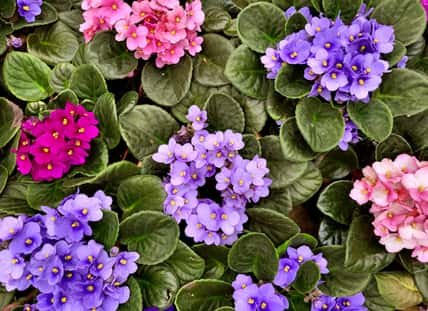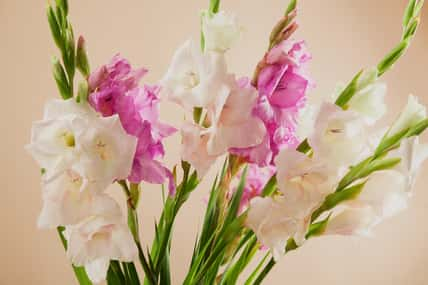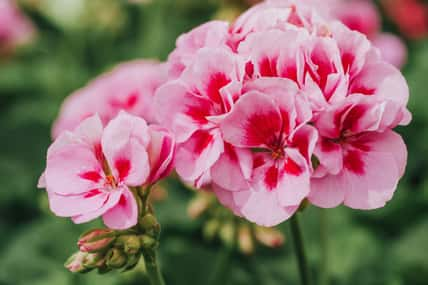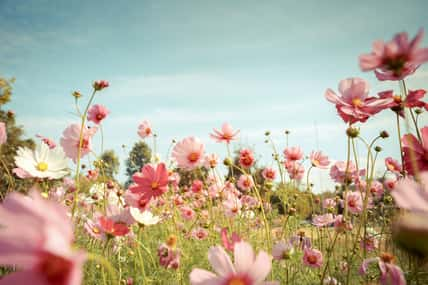If You’re Looking For A Sustainable Gardening Practice, Try Using Rain Barrels To Help Hydrate Your Plants

If you have a penchant for sustainable gardening practices, you might’ve contemplated collecting rainwater to hydrate your plants with.
Water is a valuable resource, and in many areas across the United States, water restrictions are becoming more of a frequent occurrence as climate change affects the weather.
Summers are getting hotter and drier than ever before. Plus, outdoor watering is growing more expensive to maintain.
And that’s where rain barrels come into play. Rain barrels are large drums positioned under your roof to catch rainwater.
Usually, a screen of some sort is used to prevent from leaves, bugs, and other debris from falling into the barrel.
To get the water from your barrel into your garden, a spigot must be installed on the lower end of the barrel and can be attached to a hose or used to fill up watering cans.
Rainwater is great for your plants. It is naturally soft, meaning that it hasn’t been treated with a bunch of chemicals, unlike the water that runs from our taps.
For us, it’s necessary to treat our water so that it’s safe to drink. But that same water isn’t really the best for your plants.
Collecting rainwater to use in your garden will benefit the growth of your plants, reduce run-off, and minimize the use of municipal water, which may lower your water bill.
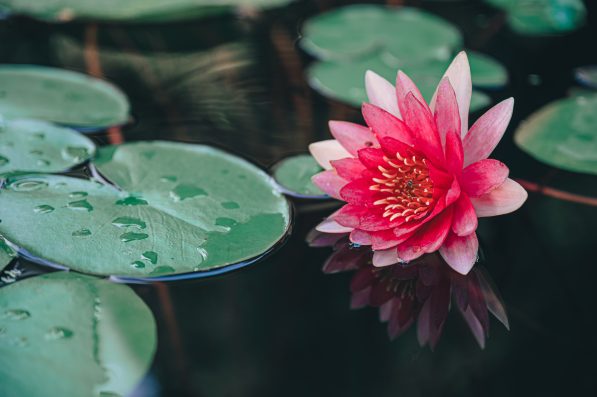
Ready-made rain barrels are available for purchase in stores, but you can save quite a bit of money if you construct your own.
A homemade rain barrel should be twenty to fifty gallons and made of clear, black, or blue plastic. The barrel should also have a cover that can be removed. You can even paint the barrel to match the aesthetic of your outdoor space.
Next, make sure there is an opening for rainwater to enter. This can be an open top, or you can cut a hole in the lid to fit a downspout in.
Your barrel can fill up quickly, depending on how much rain there is, so you will need a way to prevent the water from spilling out.
Create an overflow mechanism by adding a pipe that connects to another barrel or bucket. And finally, install a spigot, which will allow you to use the water you have collected.
Just to be clear, rainwater is not for drinking and should only be used for your garden. Avoid leaving the rainwater in the barrel for long periods of time. Instead, try to use it up right away!
Sign up for Chip Chick’s newsletter and get stories like this delivered to your inbox.



